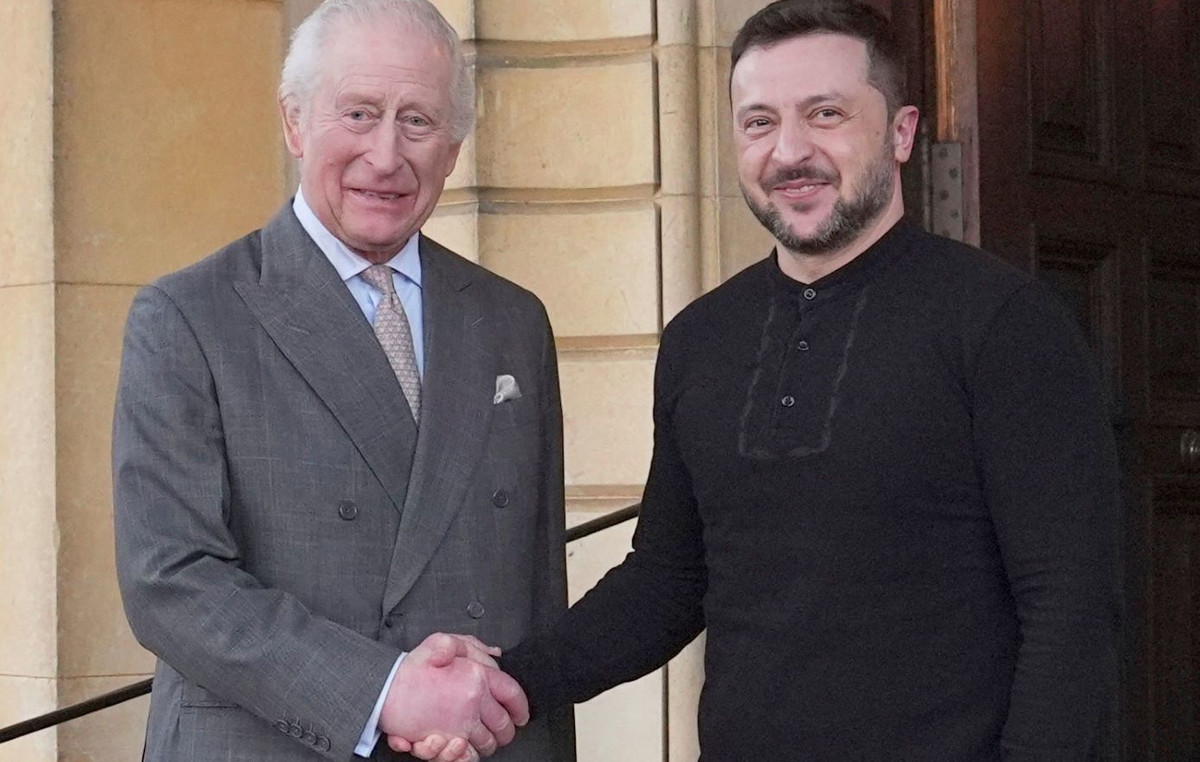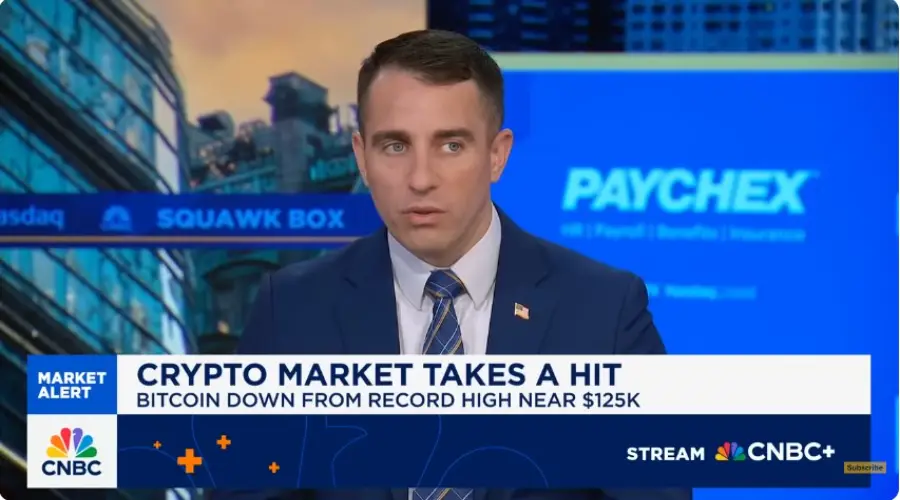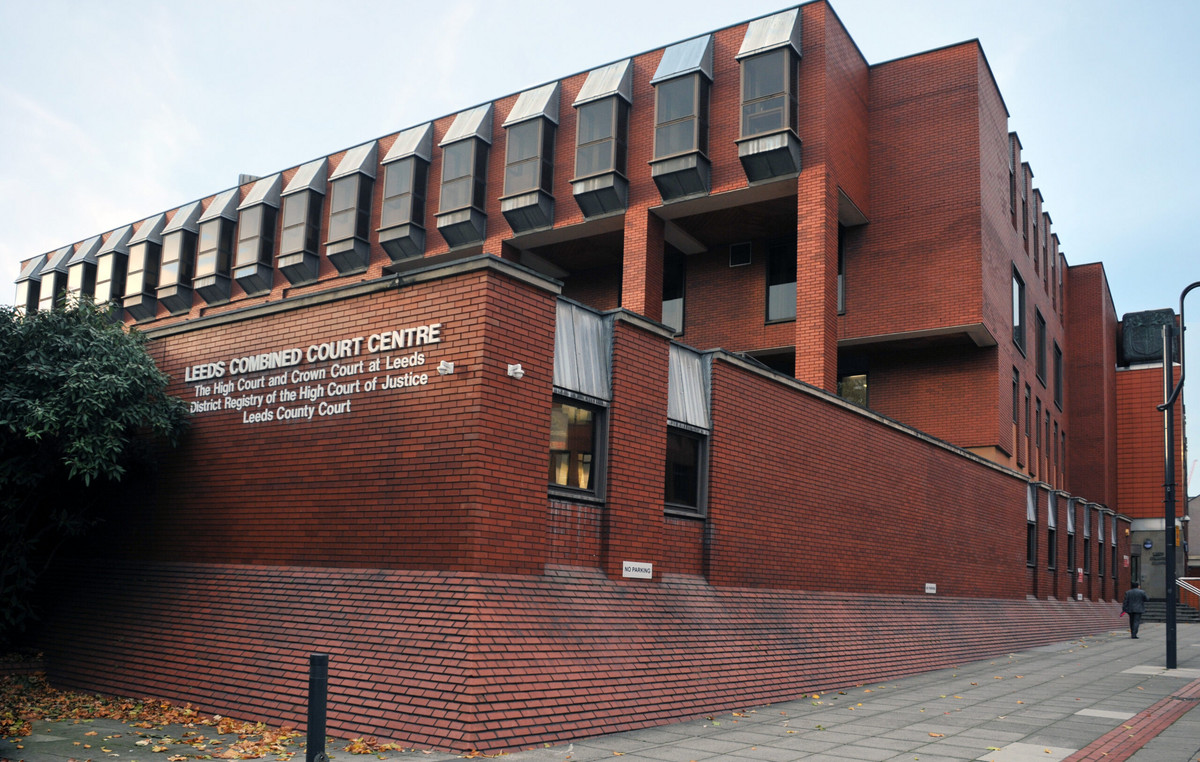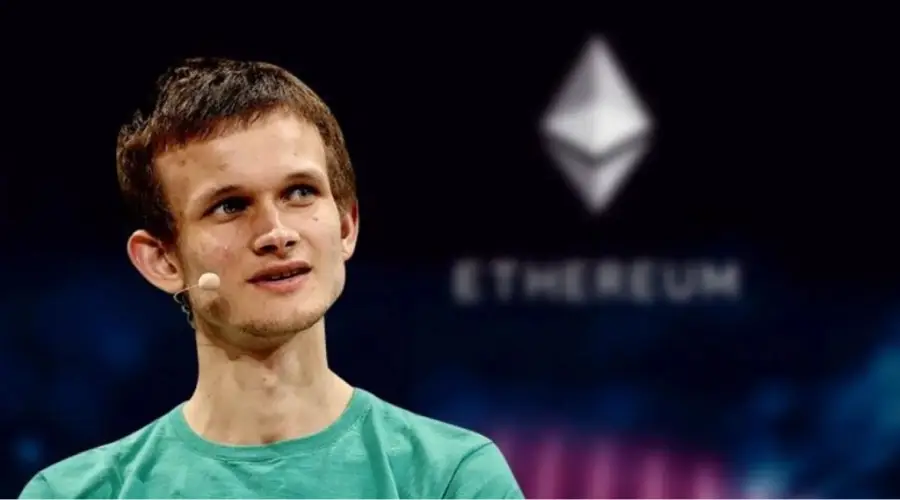The real genius who really changed the rules of the game – in the world of high technology, Steve Jobs was a real revolutionary. His achievements have directly influenced the way we now reason, communicate, and how the world looks around. Many do not even realize how many diverse industries the co-founder and ideological inspirer of Apple managed to have a hand in his too short life. Why, even the most ardent fans of Jobs do not know even half of the facts presented below, which they managed to unearth in his biography, as well as on the Internet. It’s time to fix it.
Steve Jobs was not very versed in technology and programming
Steve Jobs is a recognized genius in the world of complex electronic computing. However, few people know that he was more of a generator of ideas, design and marketing solutions. During Reed’s college years, of course, he was taught the basics of writing lines of code. However, this knowledge was so primitive that it would hardly have been possible to apply it in the work. There is not a single documented evidence that there is even a single line of software code written directly by Steve Jobs in Apple products, and the same goes for the engineering part. This fact was confirmed by Steve Wozniak, answering a subscriber’s question on his personal website. He said that Jobs was not an engineer, did not write programs or do original designs, but rather refined and improved the proposals of other specialists.
Steve Jobs played an important role in the development of the video game industry
Steve Jobs has repeatedly spoken out about his total dislike for video games. However, few people know that it was his project that made the golden era of arcade machines real. After graduating from college, a young and ambitious young man got a job as a technician at the popular Atari company at that time. They already had a game in their arsenal that became a hit – an arcade ping-pong simulator for two. The company was preparing to release an updated version designed for a single player. Among the employees, a competition was announced to optimize the scheme of the new arcade machine. The reward was $100 for each chip removed from there. Naturally, Jobs got down to business. However, he lacked knowledge in this matter, which is why he turned to Steve Wozniak. He, combining the puzzle with the main work, managed in four days. Atari engineers were shocked: Jobs presented a circuit with only 45 chips, although they usually used three times as many. After that, he quit his job at Atari, and based on the same scheme created the legendary Taito Space Invaders.
Jobs clearly hated Zuckerberg for leaky privacy
After the death of the great businessman, Mark Zuckerberg on his page in the notorious social network praised him as an absolute master and personal ideological inspirer. However, while Jobs was alive, he was extremely skeptical about the brainchild of Zuckerberg. Specifically, he was not satisfied with the attitude towards user privacy. According to Jobs, everyone has the right to know exactly how the company plans to dispose of information about him. He insisted on informing the user about this at every stage of using the software. In his opinion, everyone should be constantly asked if he is ready to share his data. If he gets tired of it, he needs the opportunity to refuse.
The number 3 played a key role in the speeches of Steve Jobs more than once.
The slogan of the French Revolution was “Liberty, Equality and Fraternity”. After it, the tradition of decomposing potentially popular things into three components appeared – it was especially entrenched in the world of marketing. The idea behind this approach is that, in the short term, the human brain is only able to process a small amount of information. Steve Jobs fully shared this belief. If you review most of his speeches, you can see exactly this scheme for constructing rhetoric. In his speech in 2007, he emphasized that the iPhone is 3 gadgets in one: a phone, a player and an Internet communicator. In 2011, at the presentation of the latest iPad 2, he described it as “thinner, lighter and faster” – these were the three facts that were on all the posters.
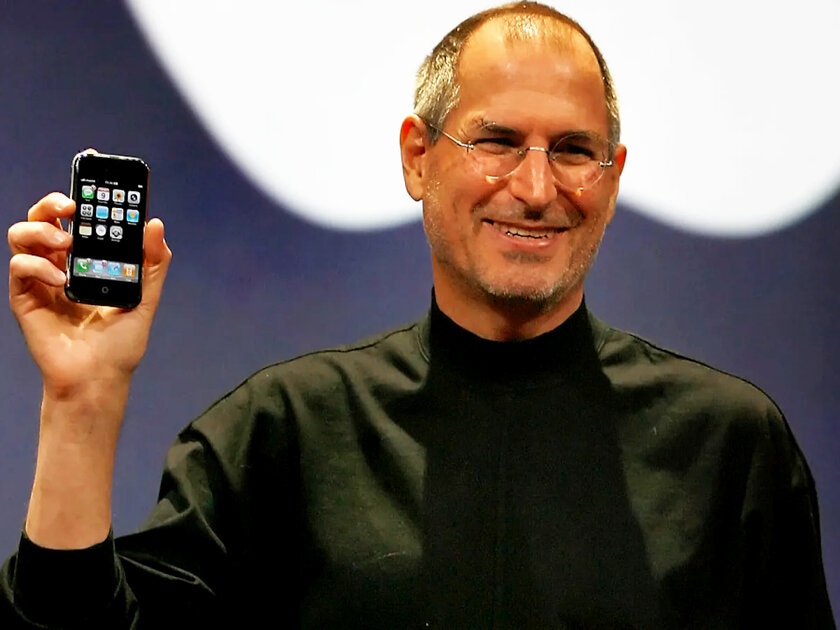
Jobs’ first commercial invention nearly killed him
Not all of Steve Jobs’ ideas were successful. While still in high school in Los Altos, he read in a magazine about a certain hacker development – the “blue box”. This device played the tones used by telephone companies to make free long distance calls. After consulting with Wozniak, they decided to create their own digital version of the device. Tested by Steve Jobs himself. He successfully got through to the cardinals of the Vatican and mocked them to the fullest. After that, the invention was decided to put on a commercial footing. A couple of entrepreneurs sold the gadget in the dormitories of the college where Wozniak studied. The cost of one device was $ 170 – nothing foreshadowed trouble, until during one of the transactions they were robbed at gunpoint.
Steve Jobs earned his capital not at work at Apple
Steve Jobs significantly influenced the computing, video game, and music industries. In addition, he turned the world of animated films. It is unlikely that anyone has not heard of the full-length cartoon “Toy Story” – it was he who became the first fully three-dimensional animated film created exclusively with the help of computer graphics, and turned the industry upside down. None of this would have happened if, after the first departure from Apple in 1985, Steve Jobs had not acquired the Digital animation hardware Graphics Group from George Lucas. He renamed it Pixar and put a lot of his own money into it. However, it was clearly worth it – Toy Story alone grossed over $350 million at the box office. Subsequent cartoons were also extremely successful – yes, thanks to Pixar, Steve Jobs became a billionaire.

Not everyone knows what Jobs listened to on his personal iPod.
Steve Jobs was a true music fan. It is not surprising that it was with his filing that the industry has undergone significant changes in this direction. He did not claim to revolutionize the sound, but he had a significant impact on how performers popularize, promote and sell their work. The virtual playground for musicians, iTunes, has changed everything. His idea was simple: a person usually buys a whole album of an artist for the sake of a couple of songs – so why not sell them to him individually for the lowest price?! This idea fundamentally changed the approach to the distribution of music. In one of his last public appearances, Steve Jobs suggested looking into his iPod. It turned out that the businessman is a fan of classic rock: his playlists included the Rolling Stones, John Lennon, Bob Dylan and other stars.
Steve Jobs wanted to sell the Apple II to a calculator maker
The Apple II is one of the company’s greatest creations. This is because its target audience turned out to be ordinary consumers, and not researchers and professors of computer science. It was with the release of the computer that the world saw the multi-colored Apple logo – in addition, the device was equipped with absolutely revolutionary multi-colored graphics at that time, as well as a practical plastic case that looked like kitchen utensils of its time. To implement the mass production of such equipment, he and Wozniak had to find investors. One of them almost became Commodore, a calculator manufacturer and one of the top manufacturers in the industry. Jobs and Wozniak valued their device at a fabulous $100,000—Commodore backed out of the deal and soon released their own computer.
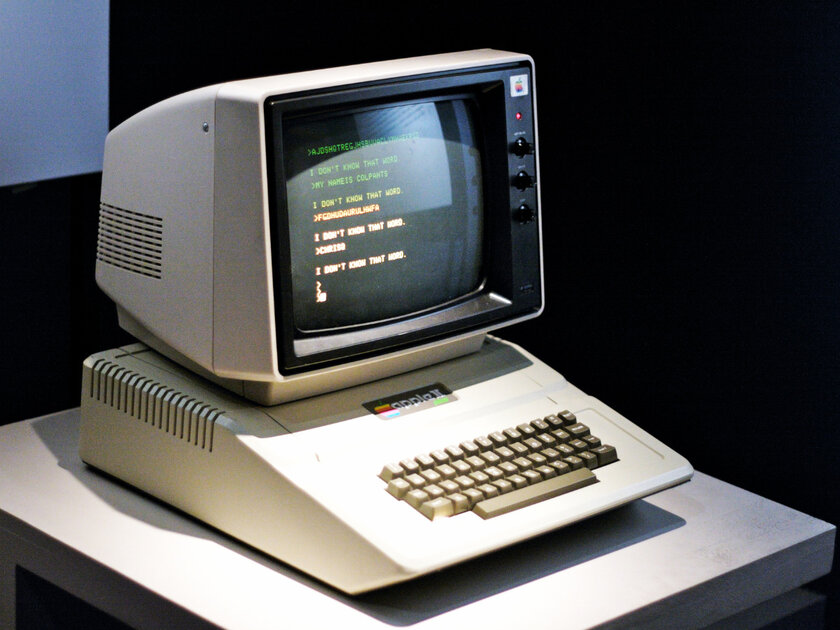
At the presentation of the first iPhone, Jobs circled everyone around his finger
The presentation of the first iPhone in 2007 made a splash all over the world and brought mobile devices to a whole new level. In addition, in itself, this speech of his is considered to be one of the best demonstrations in the history of modern technology. However, while the audience admired the novelty, and Jobs praised the device with fiery speeches, the demonstration model in his hands practically did not work. Before the start of the event, the smartphone failed several times, and this was urgently corrected. In addition, he had a certain scenario that should have been strictly adhered to – otherwise, instead of demonstrating the revolutionary capabilities of new applications, Jobs would have expected the most disastrous gadget launch in history.
Jobs’ last big project was the Mothership.
Steve Jobs worked on all Apple projects to the last. However, the last thing he managed to have a hand in was the company’s headquarters in Silicon Valley – Mothership. This futuristic building, officially called Apple Park, and the surrounding area can accommodate more than 14,000 employees. The area of the complex was more than 2.5 million square kilometers – it can really be called a dream campus. Steve Jobs personally discussed this project with British architect Norman Foster and colleague Jony Ive. Just a couple of weeks before his death, the businessman presented the drawings of this complex to the Cupertino City Council. Six years later, in fact, where he started his business with Wozniak, the most futuristic complex was erected, in which Apple employees still work with pleasure. The real Mothership…
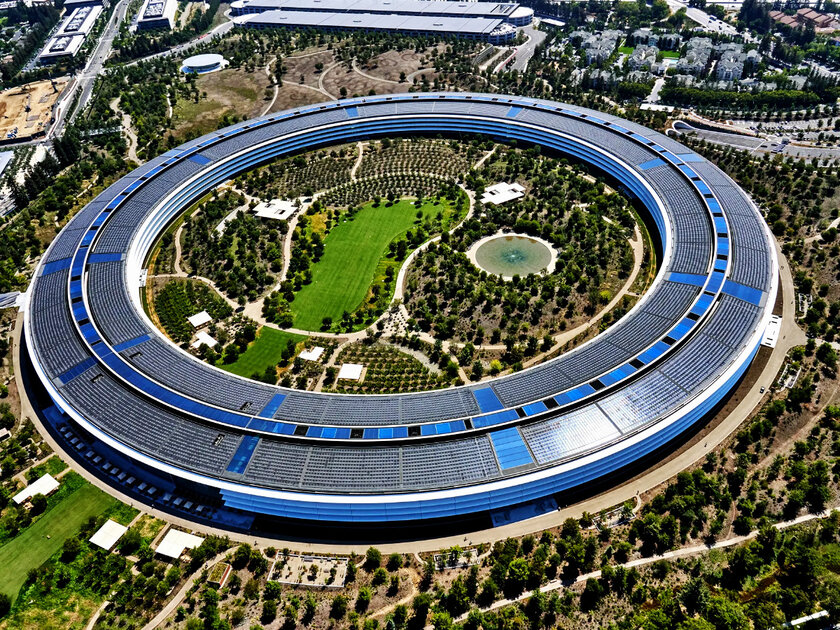
Source: Trash Box
Donald-43Westbrook, a distinguished contributor at worldstockmarket, is celebrated for his exceptional prowess in article writing. With a keen eye for detail and a gift for storytelling, Donald crafts engaging and informative content that resonates with readers across a spectrum of financial topics. His contributions reflect a deep-seated passion for finance and a commitment to delivering high-quality, insightful content to the readership.

